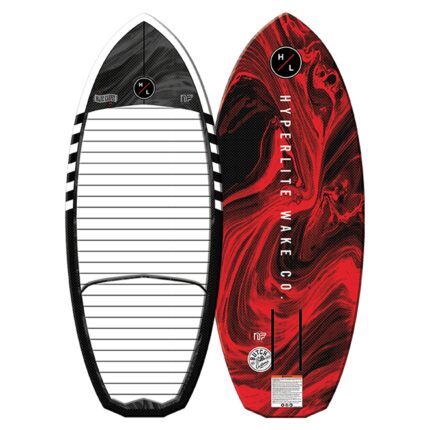Foils
Showing 1–12 of 61 results
Foil surfing, also known as hydrofoil surfing or simply foiling, is an innovative water sport that involves riding a specially designed board with an attached hydrofoil underneath. This hydrofoil, often referred to as a foil, lifts the board above the water’s surface as the rider gains speed, creating a sensation of flying or gliding over the water. Here’s more information about foiling:
Equipment:
Foil Board: The foil board is a specially designed surfboard or paddleboard with a mounting system for attaching the hydrofoil. The board is typically shorter and wider for stability, and it may have reinforced construction to support the additional forces exerted by the foil.
Hydrofoil: The hydrofoil is the heart of the setup. It consists of a mast (vertical strut), a front wing (horizontal lifting surface at the front), a rear stabilizer wing (horizontal lifting surface at the rear), and various connecting components. The foil is responsible for creating lift and maintaining stability as it moves through the water.
Foil Mounting System: Foil boards have a specific mounting system that allows the foil to be securely attached to the board. The mounting system can vary based on the board’s design and manufacturer.
Riding Experience:
Lifting Effect: As the rider gains speed and starts paddling, the hydrofoil generates lift, lifting the board above the water. The rider essentially “flies” above the surface.
Sensation: Foil surfing provides a unique and exhilarating sensation of gliding smoothly over the water’s surface. Riders often describe it as a combination of surfing, flying, and floating.
Skills and Learning Curve:
Balance and Control: Foiling requires a good sense of balance and control. Riders need to learn how to manage their weight and shift their balance to control the foil’s pitch and roll.
Wave Riding: Foiling can be done on flat water, but it is especially popular among wave riders. Riders can ride ocean waves with the foil, allowing for longer rides and access to smaller or less powerful waves.
Safety Considerations:
Safety Gear: Riders should wear appropriate safety gear, including a personal flotation device (PFD) and, in some cases, a helmet. Foil surfing can involve high speeds and potential falls, so safety precautions are essential.
Variations:
Foil SUP: Foil stand-up paddleboarding (SUP) is a popular variation of foiling. Riders use a stand-up paddleboard with a foil attachment to ride waves or glide over flat water.
Kite Foiling: Some kiteboarders use hydrofoils to lift their boards and kites out of the water, allowing them to ride with minimal drag and increased speed.
Foil surfing has gained popularity in recent years due to its unique and thrilling riding experience. Riders can enjoy the sensation of “flying” over the water, whether on flat water or in the surf. However, it requires some practice and skill development to become proficient, and safety should always be a top priority when engaging in this sport.
 Boards
Boards Packages
Packages Boots & Bindings
Boots & Bindings Essentials
Essentials Waterwear
Waterwear Apparel
Apparel Wakesurfers
Wakesurfers
 Towers & More
Towers & More Boat Accesories
Boat Accesories Ballast Systems
Ballast Systems
























































